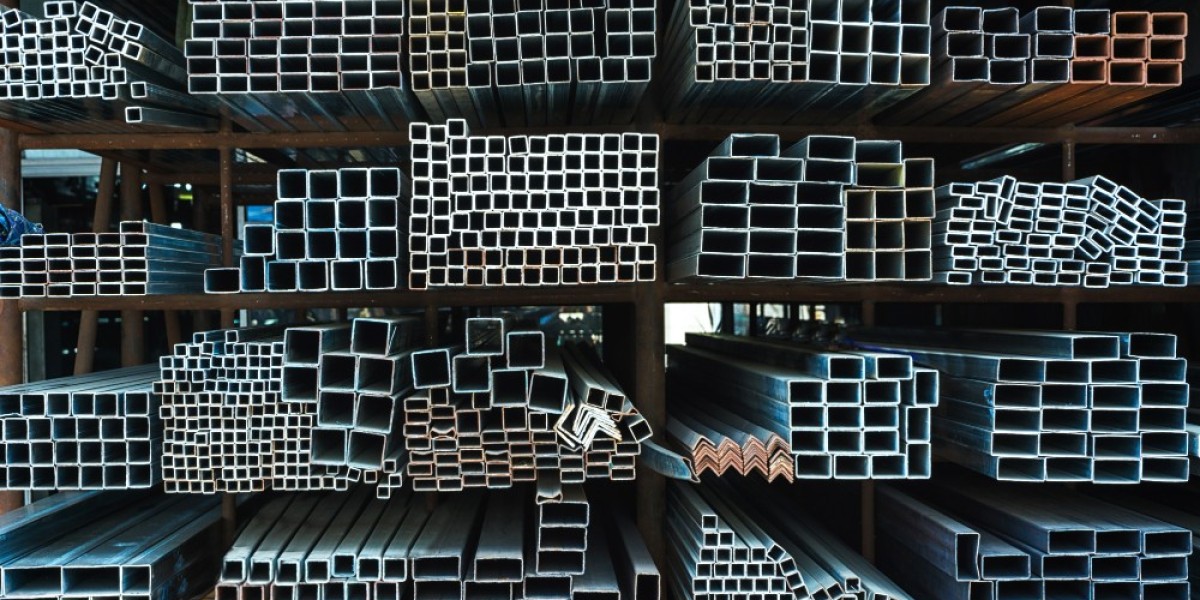As industries continue to expand and infrastructure projects surge globally, the ferrous market is experiencing a significant rise in futures trading. In this blog, we explore the factors driving this growth and how investors and traders can capitalize on the burgeoning ferrous metals futures market.
Understanding the Ferrous Metals Market
Ferrous metals, which primarily include iron and steel, are foundational to many industries, from construction and manufacturing to transportation and consumer goods. The global reliance on these metals has led to a booming ferrous metals market, making it a critical component of the broader metals market.
- Steel Demand: Steel, the most common ferrous metal, is essential for infrastructure projects worldwide, driving demand in the ferrous metals market.
- Iron Ore: The main raw material for steel production, iron ore, is a key player in the ferrous market, with its price fluctuations impacting the entire sector.
- Scrap Metal: Recycled ferrous metals like steel scrap are also becoming increasingly important as industries look to lower costs and environmental impact.
- Industrial Use: Ferrous metals are indispensable in automotive, aerospace, and manufacturing industries, ensuring consistent demand.
- China's Influence: As the largest consumer and producer of steel, China's economic health greatly influences the ferrous metals market.
- Green Steel: Innovations like green steel production are pushing the ferrous metals market toward more sustainable practices, attracting investors focused on ESG (Environmental, Social, and Governance) criteria.
The Growing Popularity of Ferrous Metals Futures
Ferrous metals futures are financial contracts that allow investors to buy or sell a specified amount of ferrous metals at a future date for a predetermined price. Futures trading has become an increasingly popular way for investors to gain exposure to the metals market without owning the physical assets.
- Price Volatility: The ferrous metals market, like other commodities, is subject to price volatility. Futures contracts help investors hedge against unexpected price fluctuations.
- Global Trade: As the ferrous metals market is globally traded, futures allow investors to engage with international prices and trends, especially in markets like China, Europe, and the U.S.
- Leverage Opportunities: Ferrous metals futures offer traders the ability to use leverage, amplifying potential profits (or losses) with a relatively small investment.
- Risk Management: Futures trading provides a valuable tool for manufacturers and suppliers to lock in prices and mitigate risk in the ferrous market.
- Speculation: Many investors use futures contracts to speculate on the future direction of the ferrous metals market, seeking to profit from price movements.
- Diversification: Including ferrous metals futures in an investment portfolio can offer diversification, helping investors spread risk across various asset classes.
Key Factors Influencing Ferrous Metals Futures
Several key factors directly impact the value of ferrous metals futures. Understanding these can help investors navigate the ferrous metals market more effectively.
- Supply and Demand Dynamics: Global supply chain disruptions or increased demand for steel and iron affect the pricing in the ferrous market, and consequently, futures prices.
- Infrastructure Investments: Large-scale infrastructure projects, particularly in developing nations, increase demand for ferrous metals, driving up futures prices.
- Economic Conditions: Global economic health, especially in major steel-consuming countries like China, India, and the U.S., plays a critical role in shaping the ferrous metals market.
- Regulatory Changes: New regulations related to environmental practices, mining, and steel production can influence the availability and cost of ferrous metals.
- Energy Prices: Since steel production is energy-intensive, changes in energy prices can significantly impact the cost structure of ferrous metals, affecting futures pricing.
- Technological Advancements: Innovations in steel production, mining efficiency, and recycling have the potential to lower costs and impact futures pricing in the ferrous metals market.
The Role of China in the Ferrous Metals Market
China's dominance in the global ferrous metals market cannot be overstated. The country's vast infrastructure projects and manufacturing sector drive significant demand for steel and iron, making it the largest consumer of ferrous metals.
- Production Capacity: China produces more than half of the world’s steel, making it a key player in the ferrous market.
- Government Policy: China's economic policies, including tariffs, quotas, and infrastructure investments, have a direct impact on the global ferrous metals market.
- Green Steel Initiatives: As China moves toward more sustainable practices, it is also driving innovation in the production of eco-friendly ferrous metals.
- Export Restrictions: Chinese restrictions on steel exports can create supply shortages in other regions, impacting ferrous metals futures globally.
- Environmental Regulations: China’s increasingly strict environmental regulations affect production output, causing fluctuations in the ferrous metals market.
- Global Influence: Due to its sheer market size, any shifts in China’s economy or policy are likely to ripple across the entire ferrous metals market, influencing futures prices worldwide.
Emerging Trends in the Ferrous Metals Market
The ferrous metals market is undergoing several changes as industries evolve and global priorities shift toward sustainability. These trends are shaping the future of the ferrous market and influencing investment strategies.
- Green Steel: Eco-friendly steel production methods, such as hydrogen-based production, are gaining traction, reducing carbon footprints in the ferrous metals market.
- Recycling Growth: Increased metal recycling efforts are helping to reduce reliance on raw materials, especially in developed economies.
- Automated Steel Manufacturing: Technological advancements, including automation and AI, are enhancing the efficiency of steel production and reducing costs.
- Urbanization: Continued urbanization in developing countries is driving demand for ferrous metals, especially steel for construction and infrastructure.
- Electric Vehicles: The rise of electric vehicle production requires steel and iron for car frames and components, boosting demand in the ferrous metals market.
- Supply Chain Resilience: Industries are investing in more resilient supply chains, ensuring a stable supply of ferrous metals and mitigating future disruptions.
How to Invest in Ferrous Metals Futures
For investors looking to capitalize on the growing ferrous metals market, futures offer an attractive entry point. However, understanding the risks and strategies associated with futures trading is crucial.
- Start with Research: Thoroughly research the ferrous metals market, including its drivers, key players, and price trends, before entering the futures market.
- Risk Management: Use stop-loss orders and other risk management tools to protect your investment from significant price drops in the ferrous metals market.
- Stay Informed: Regularly monitor news about the ferrous market, including government policies, global trade, and economic conditions that may affect futures prices.
- Leverage Wisely: While leverage can amplify gains, it also increases risk. Ensure you fully understand the mechanics of leveraged trading before utilizing it in the ferrous metals futures market.
- Diversify: Don’t rely solely on ferrous metals futures—spread your investments across multiple commodities to reduce risk.
- Consult Experts: Consider working with a financial advisor or commodity trading expert to develop a sound investment strategy tailored to the ferrous metals market.
Conclusion: The Future of Ferrous Metals Futures
As we move deeper into the 2020s, the ferrous metals market is set to continue its upward trajectory, driven by global demand for steel, sustainability initiatives, and technological advancements. Ferrous metals futures offer a unique opportunity for investors to capitalize on this growth, but navigating the market requires a thorough understanding of its intricacies. By staying informed, managing risk, and embracing innovation, traders and investors can succeed in the ever-evolving ferrous metals market.
As the ferrous market continues to rise, now is the time to consider how ferrous metals futures can fit into your investment portfolio and help you tap into the burgeoning metals market.
Predict your sales volume and demand trends with our Artificial Intelligence-based SaaS platform visit: https://pricevision.ai/
Source: https://bresdel.com/blogs/713139/Ferrous-Metals-Futures-A-Market-on-the-Rise








